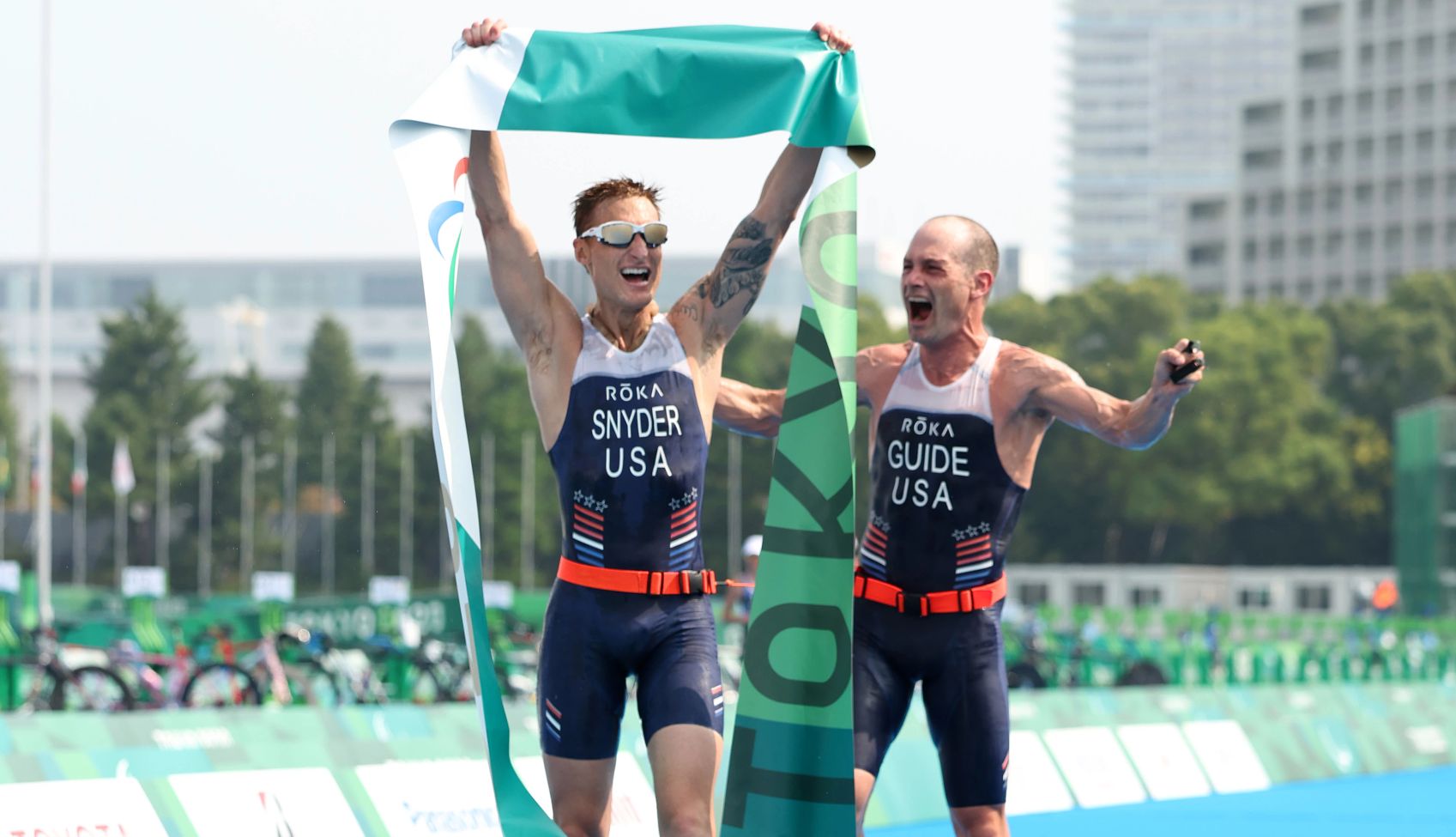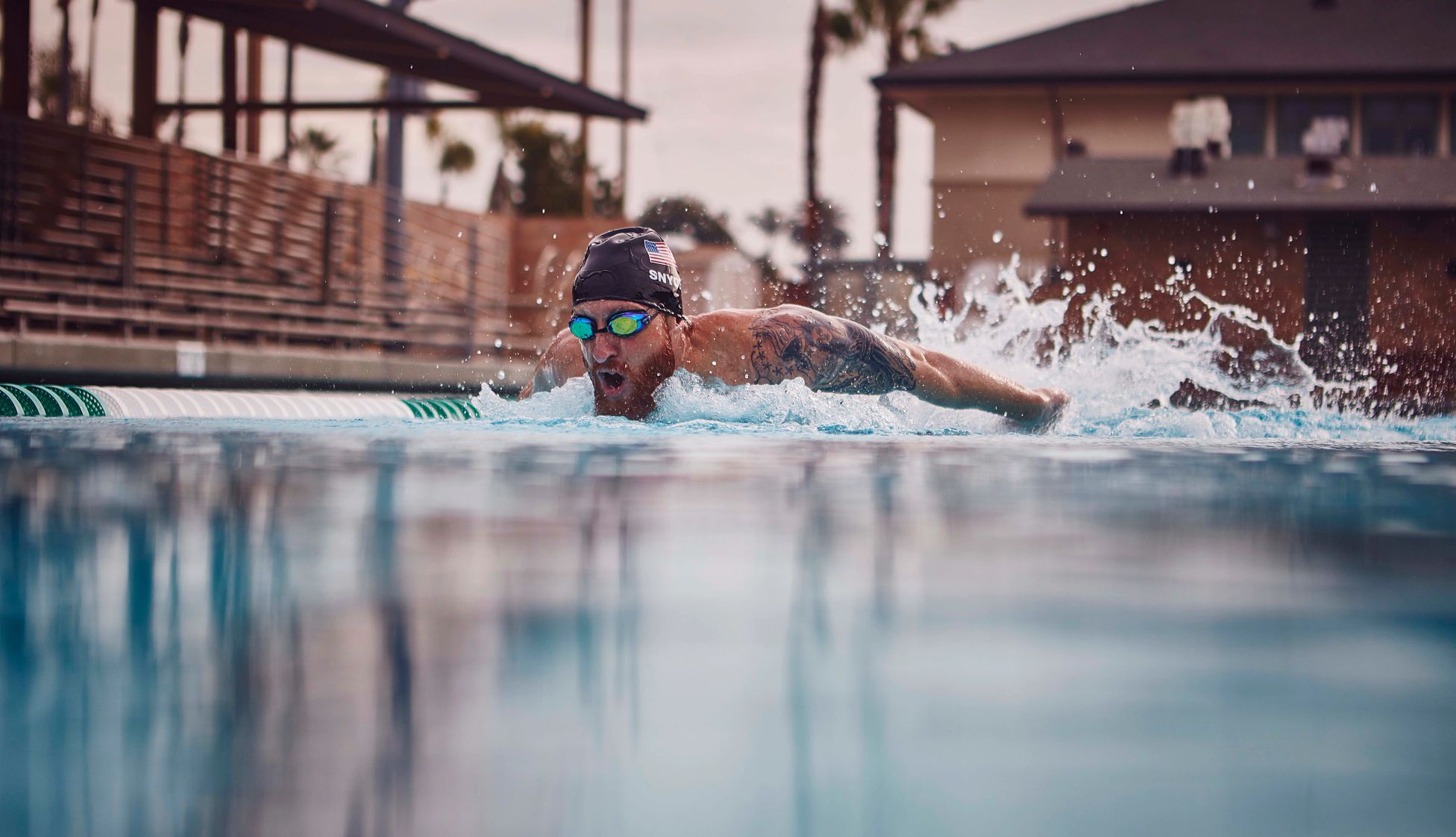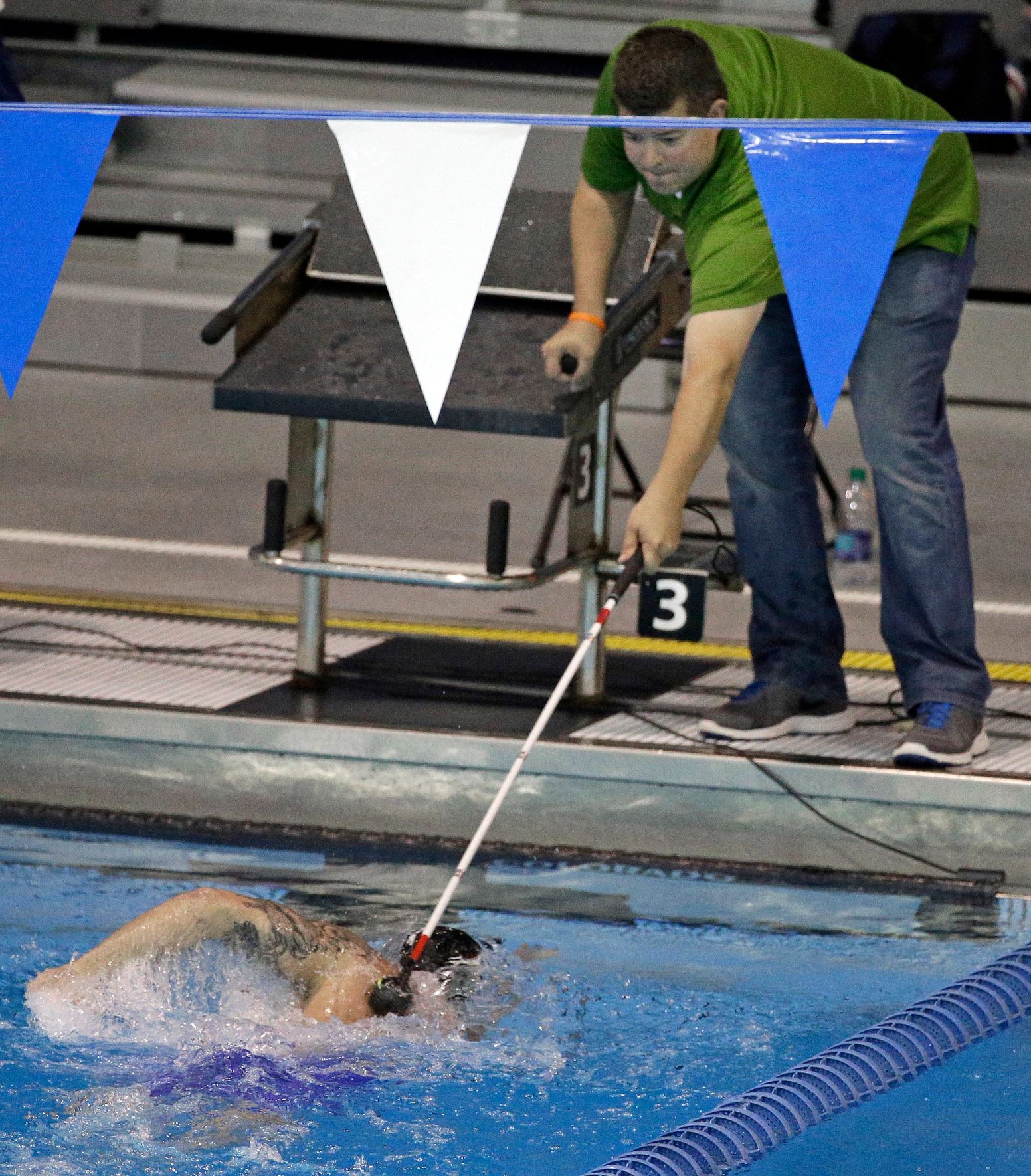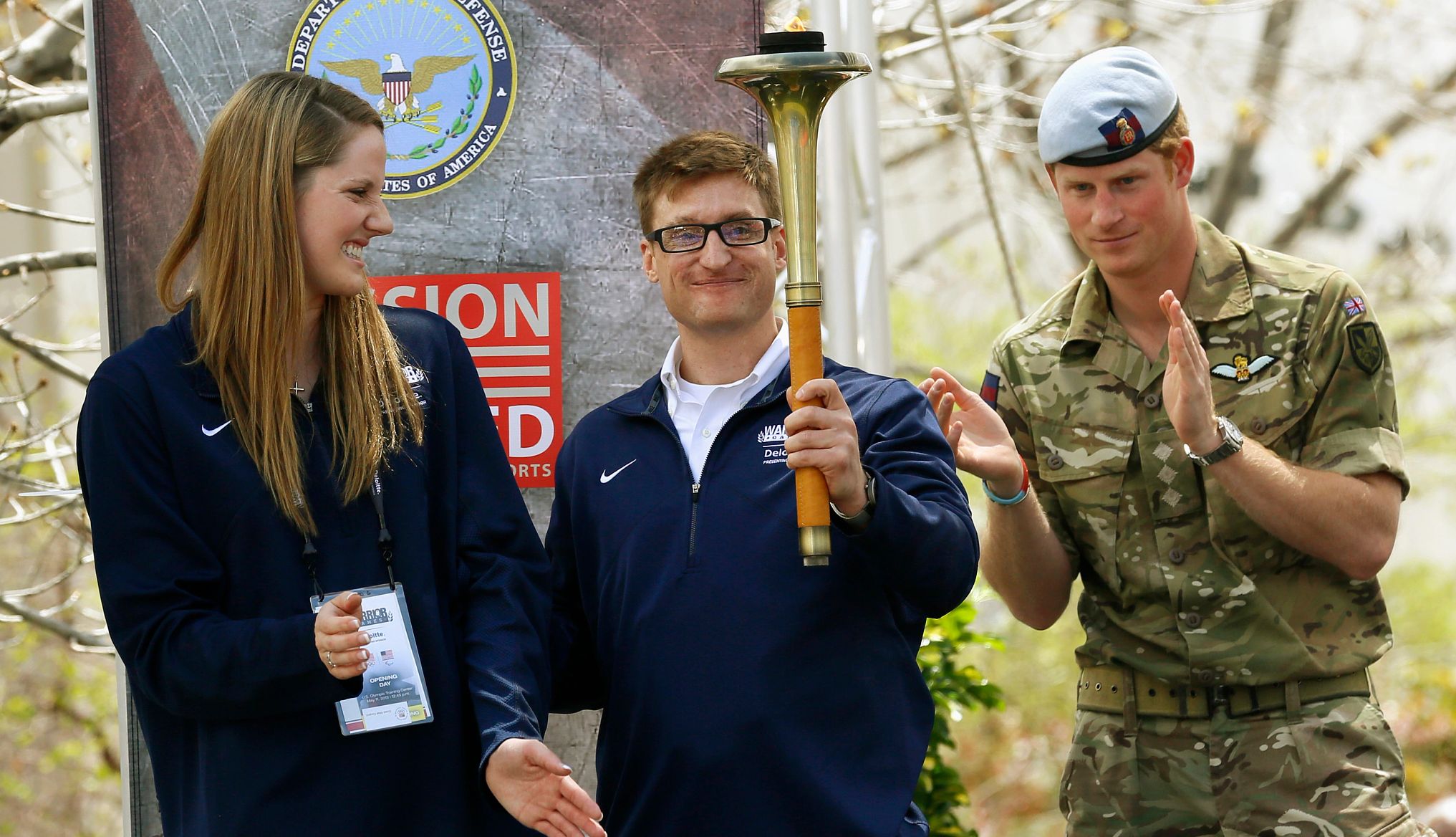AARP Hearing Center


“I thought I had died,” said Brad Snyder, looking back on September 7, 2011, when he was a Navy lieutenant and bomb disposal officer deep in the mountains of Afghanistan.
He was clearing a path through a ravine to evacuate wounded troops when an Improvised Explosive Device blew up in his face. He was alive, but blinded for life.
Fast forward to today, and the 40 year old is in his fourth year at the Princeton School of Public and International Affairs. He is due to complete his doctoral dissertation on military ethics next year, when he hopes to land a faculty position at his alma mater, the U.S. Naval Academy in Annapolis, Maryland.
Oh, and he has six gold and two silver medals won in three separate Paralympics and holds the world record for the 100-meter freestyle. He is now a father and realizes “that being a dad trumps everything else.”
So how did he emerge from his lowest point? “I didn't know anything about how to do any of the stuff I used to do, from brushing my teeth to eating my food to picking out what to wear,” he told AARP Experience Counts.


He started from scratch using a process that he calls “Tap, advance.” He explained: “You tap your cane in front of you in the spot that your next foot is going to go. So, I'm clearing that area for obstacles. And once I kind of tap, I know that the space is clear for my right foot and then I'm going to tap where my left foot is going to go.”
Tap, advance is the way he has taken on every challenge since.


Subscribe Here!
You can sign up here to AARP Experience Counts, a free email newsletter published twice a month.
He had been a competitive swimmer as a midshipman at Annapolis, so it made sense to get back into the water. “Going into the pool, I could see the value I still had. I started from the ground up when I was 11 years old, I knew nothing about competitive swimming.
“First, it was just to get me out of the hospital, and then it was, like, let me make sure I make the most of this opportunity that's ahead of me … to continue on in any capacity was really kind of spectacular and something I was grateful for.”

































































More From AARP
Read James Patterson's Novella ‘Chase’ Free Online
When a man falls to his death, it looks like a suicide, but Detective Bennett finds evidence suggesting otherwiseFollowing My Late Father's Footsteps in Vietnam
Son gets closer to his father by following his path from the Vietnam WarThe Simple Advice That Led Gregory Gadson Through the Military
A meeting in 1993 provided inspiration and a plan, which led to salvation when crisis hitRecommended for You